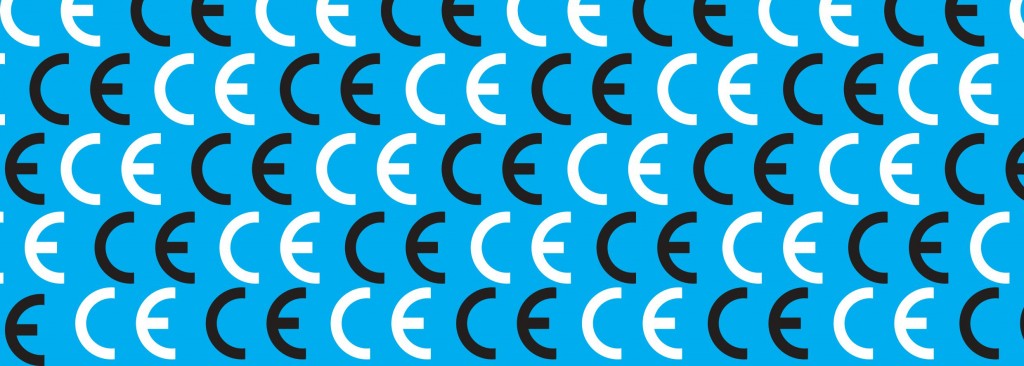It is commonly considered that all marketed products in the European Union must have the CE marking. For sure, CE marking is compulsory in products when their regulations establish it as a requirement. In this case, it must appear on the containers and packaging to show the user that the product follows the essential security and health criteria. Nevertheless, not all products have to include it.
Products which are conditioned to marking are regulated by European Directives and they are generally products/instruments/materials with a risky utilization for the user or which are going to be used in situations that can involve a risk for health.
In the following link you can find the Directives which define the CE marketed products requirements:
CV protection only commercialize with two categories of the products listed:
- Personal Protective Equipment (EPI): regulated by the European Directive 89/686/CEE (transposed by the Royal Decree 1407/1992).
In this category, Globes, Protection Clothes and Face Masks (FFP) are found. - Medical Devices (PS): regulated by the Directive 93/42/CEE (transposed by the Royal Decree 1591/2009).
Here Globes are found again as well as determined disposable clothes, such as, White Coats and Surgical Masks.
As you can see, Gloves appear in both categories, for that reason, they are considered dual products, which must obey the requirements of both.
According to the compliance proof of the CE marking requirements, both Directives demand to write and sign a declaration, named Approval CE Declaration, which proves in front of the buyer the compliance of products regulations.
In accordance with the basic products, included in PS 1st Type and in EPI 1st Category, this declaration is enough documentation for their commercialization in the European Union.
Contrary to products classified in PS 2nd and 3rd Types (surgical Gloves) and also in EPI 2nd and 3rd categories (chemical and biological protection Gloves) must be certificated by a Notified Organization. The certificate must be preserved as part as the product documentation. Furthermore, the Notified Organization identification number must be printed on the product packaging according to the CE marking.
Notwithstanding, not all products have to obey these requirements and, some of them tend to create confusion due to their apparent purpose. This is the case of most of fabric, non- fabric or plastic disposable clothes, such as: overalls, coats, breeches, aprons and so on. This also happens with other items, for example, cellulose products (hand dryer coils, towels, etc.), reclosable bags or trays, among others.
These items are not included, neither in the two categories previously described, nor in other of the Directives which regulate the CE marking. As a result, they mustn´t have the CE marking. They are health items, which in most cases prevent the user from getting dirty.
In brief, before buying or commercializing CE marketed products we have to get information about their category to check if they are regulated by some Directives. If they are, we have to ensure if they obey the established requirements and ask the supplier for the appropriate documentation in each case.
 /
/  /
/  /
/  /
/ 



